Category: Astronomy
-

New Horizons Conducts the First Interstellar Parallax Experiment
New Horizons Conducts the First Interstellar Parallax Experiment For the first time, a spacecraft has sent back pictures of the sky from so far away that some stars appear to be in different positions than we’d see from Earth. Source: www.nasa.gov/feature/nasa-s-new-horizons-conducts-the-first-interstellar-parallax-experiment
-
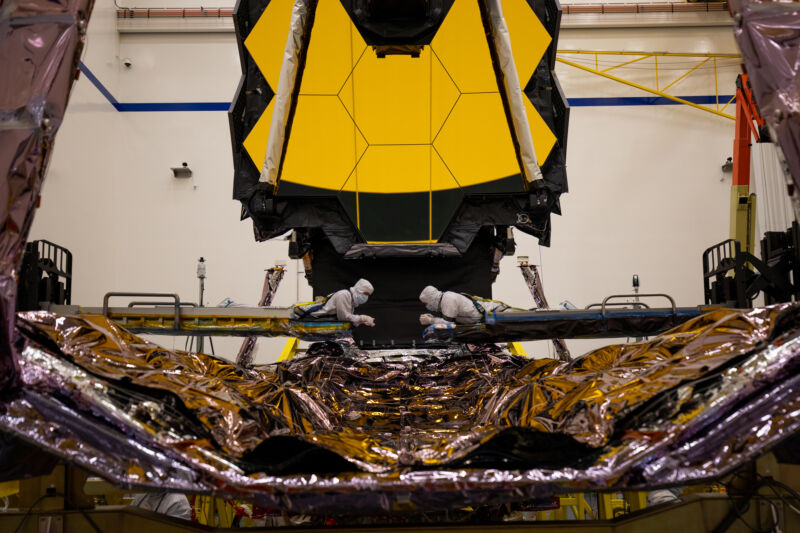
James Webb Space Telescope will “absolutely” not launch in March
On Wednesday, the chief of NASA’s science programs said the James Webb Space Telescope will not meet its current schedule of launching in March 2021. Looks like the James Webb Space Telescope is still some time away. Launch in 20210? Who knows! “This team has stayed on its toes and pushed this telescope forward.”…
-
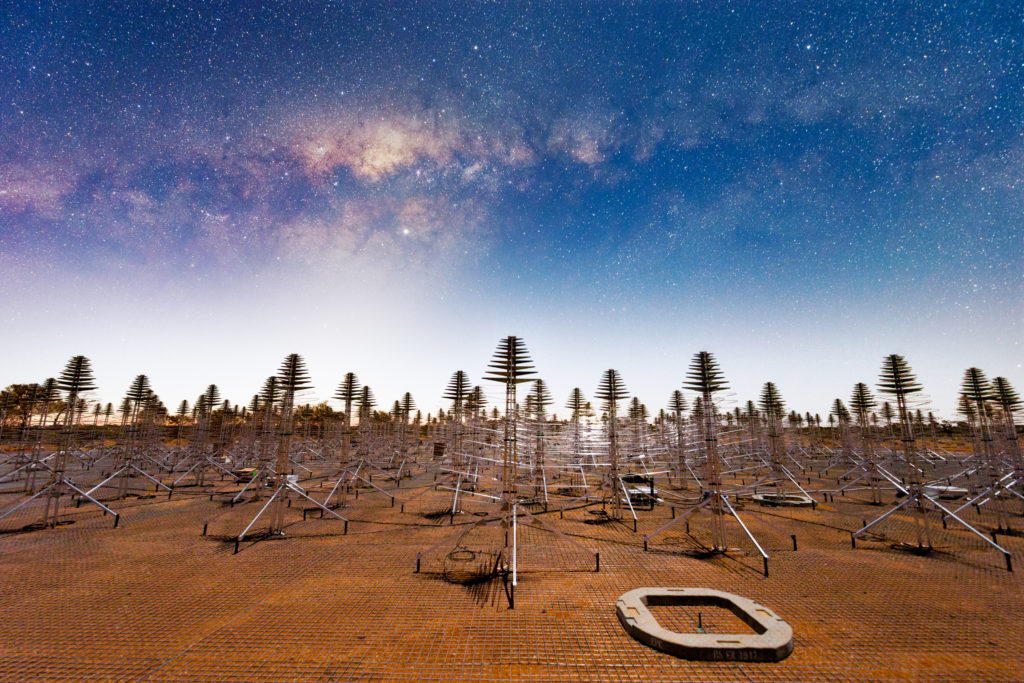
Preparations complete in Western Australia for construction of world’s largest telescope – ICRAR
Preparations complete in Western Australia for construction of world’s largest telescope – ICRAR Following seven years of design and prototyping work, the Curtin University node of ICRAR has completed its preparations for the construction of the Square Kilometre Array (SKA) in Western Australia. Source: www.icrar.org/ready-set-skalow/
-

Astronomers record signal coming from deep space every 157 days
“This exciting discovery highlights how little we know about the origin of fast radio bursts]” Source: fturism.com/astronomers-record-signal-coming-space-every-157-days
-

Hubble Has Looked Back in Time as Far as It Can And Still Can’t Find The First Stars
Hubble Has Looked Back in Time as Far as It Can And Still Can’t Find The First Stars Astronomers don’t know exactly when the first stars formed in the Universe because they haven’t been observed yet. And now, new observations from the Hubble Space Telescope suggest the first stars and galaxies may have formed…
-
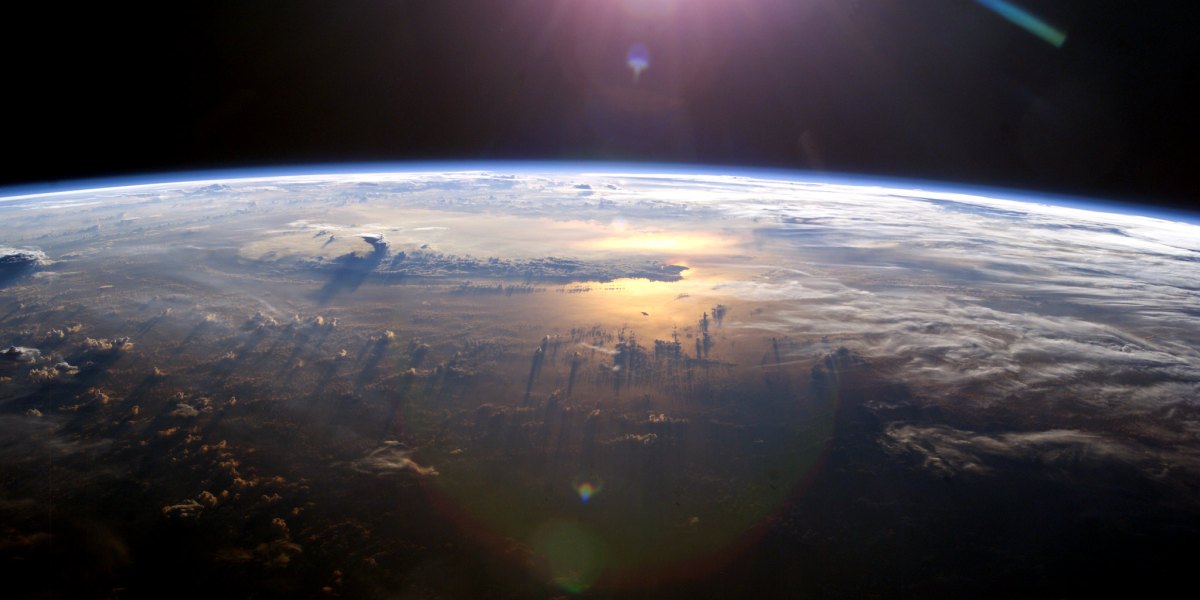
Astronomers have found a planet like Earth orbiting a star like the sun
Astronomers have found a planet like Earth orbiting a star like the sun The discovery of the exoplanet KOI-456.04 orbiting the star Kepler-160 suggests we should more aggressively look for habitable planets around sun-like stars. Source: www.technologyreview.com/2020/06/05/1002831/kepler-160-koi-456-04-earth-sun-exoplanet-habitable/
-
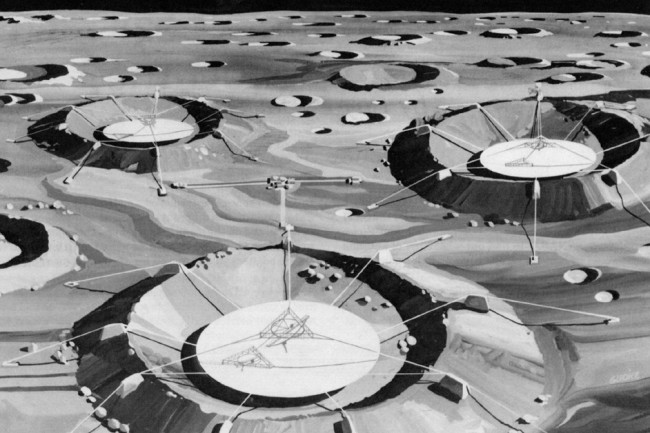
The History and Future of Telescopes on the Moon
The History and Future of Telescopes on the Moon For generations, astronomers have dreamed of building telescopes on the lunar farside. Source: www.discovermagazine.com/the-sciences/the-history-and-future-of-telescopes-on-the-moon
-
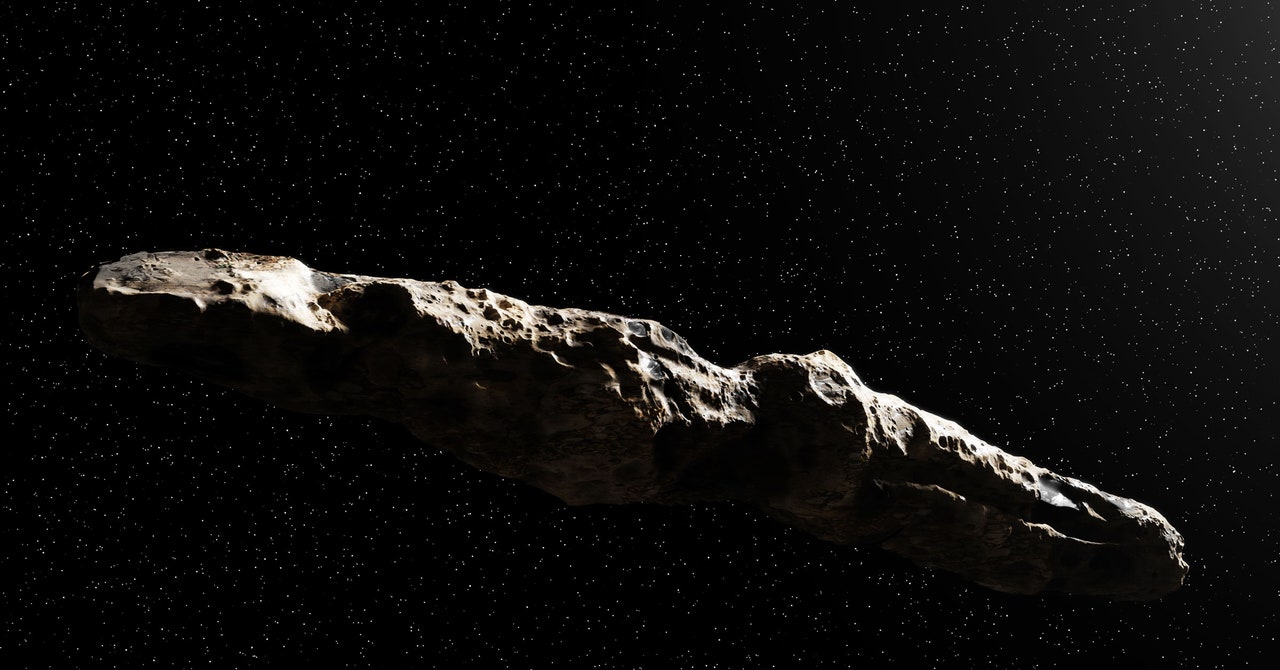
Oumuamua Might Be a Giant Interstellar Hydrogen Iceberg
âOumuamua Might Be a Giant Interstellar Hydrogen Iceberg It isn’t an alien spaceship, but new research suggests the first known interstellar object to grace our solar system could be something even stranger. Source: www.wired.com/story/oumuamua-might-be-a-giant-interstellar-hydrogen-iceberg
-
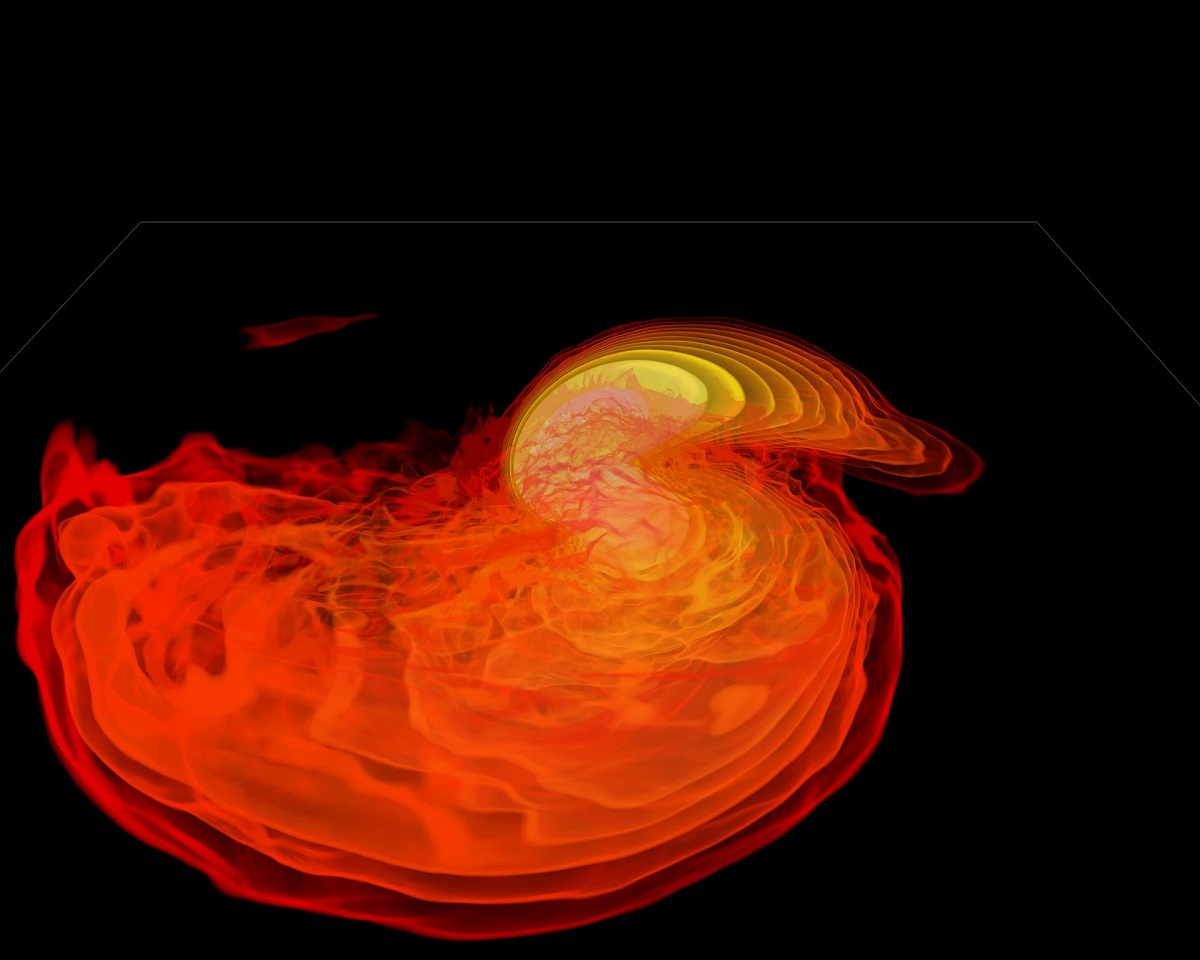
New Australian infrared telescope to spot cosmic hidden treasures
New infrared telescope to spot cosmic hidden treasures A new infrared telescope, to be designed and built by astronomers at The Australian National University (ANU), will monitor the entire southern sky in search of new cosmic events as they take place. DREAMS – the Dynamic REd All-Sky Monitoring Survey – will be located at…
-
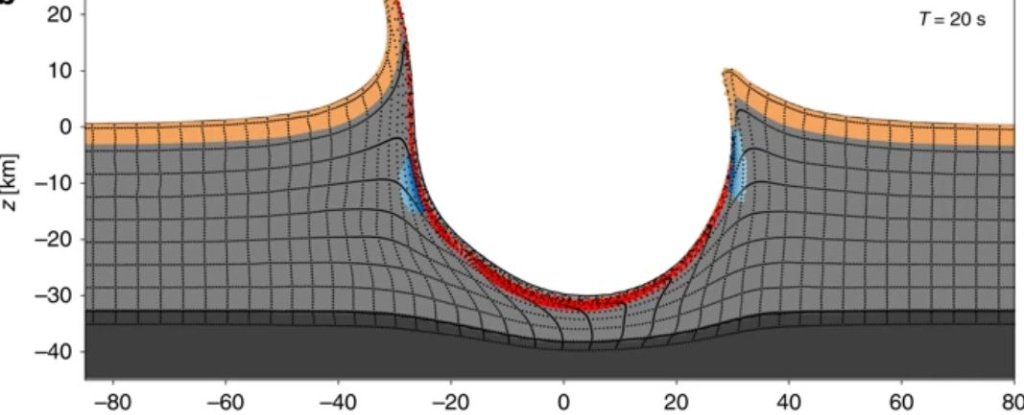
The Dinosaur-Killer Asteroid May Have Hit Earth at ‘Deadliest Possible’ Angle
The Dinosaur-Killer Asteroid May Have Hit Earth at ‘Deadliest Possible’ Angle This much we knew: some 66 million years ago an asteroid roughly twice the diameter of Paris crashed into Earth, wiping out all land-dwelling dinosaurs and 75 percent of life on the planet. Source: www.sciencealert.com/the-asteroid-that-killed-the-dinosaurs-could-have-hit-earth-at-deadliest-possible-angle
-
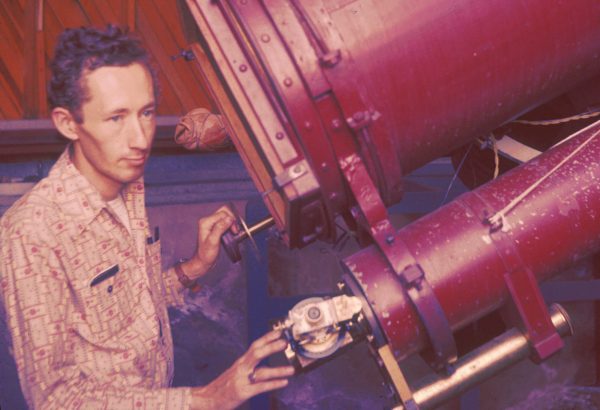
The cosmic life of ‘Celestial Handbook’ author Robert Burnham Jr.
Sky Writer: The cosmic life of ‘Celestial Handbook’ author Robert Burnham Jr. | The Underground Bunker Every serious amateur astronomer has a set of the three volume “Celestial Handbook”, possibly a bit rough and dog eared from years of constant thumbing through. This is the story behind the author of some of the all…
-
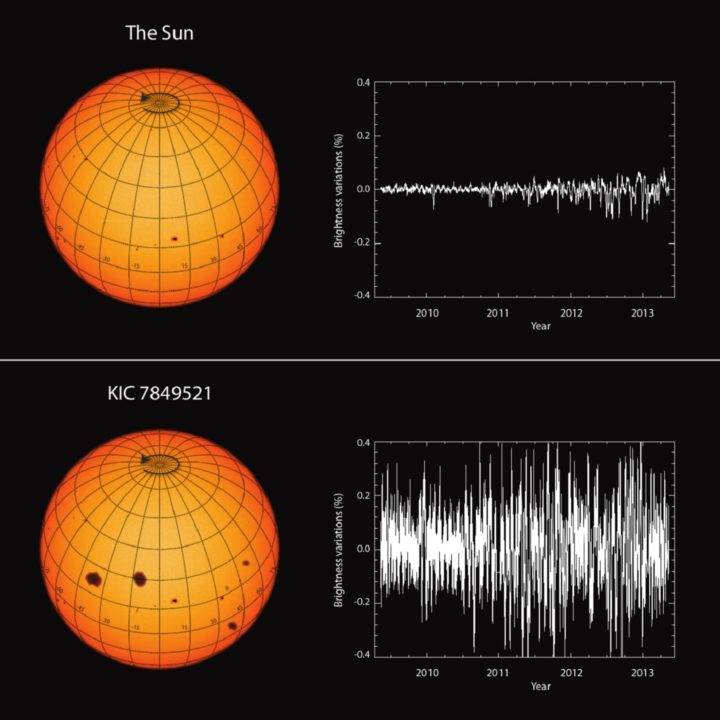
Sun ‘less active’ than similar stars
The Sun is less magnetically active and shows less variability in its brightness than similar stars in the galaxy, scientists say. To come to this conclusion, published in the journal Science, they analysed 369 candidate stars selected because they resemble the Sun in decisive properties. “These stars appear nearly identical to the Sun except for their higher variability.…